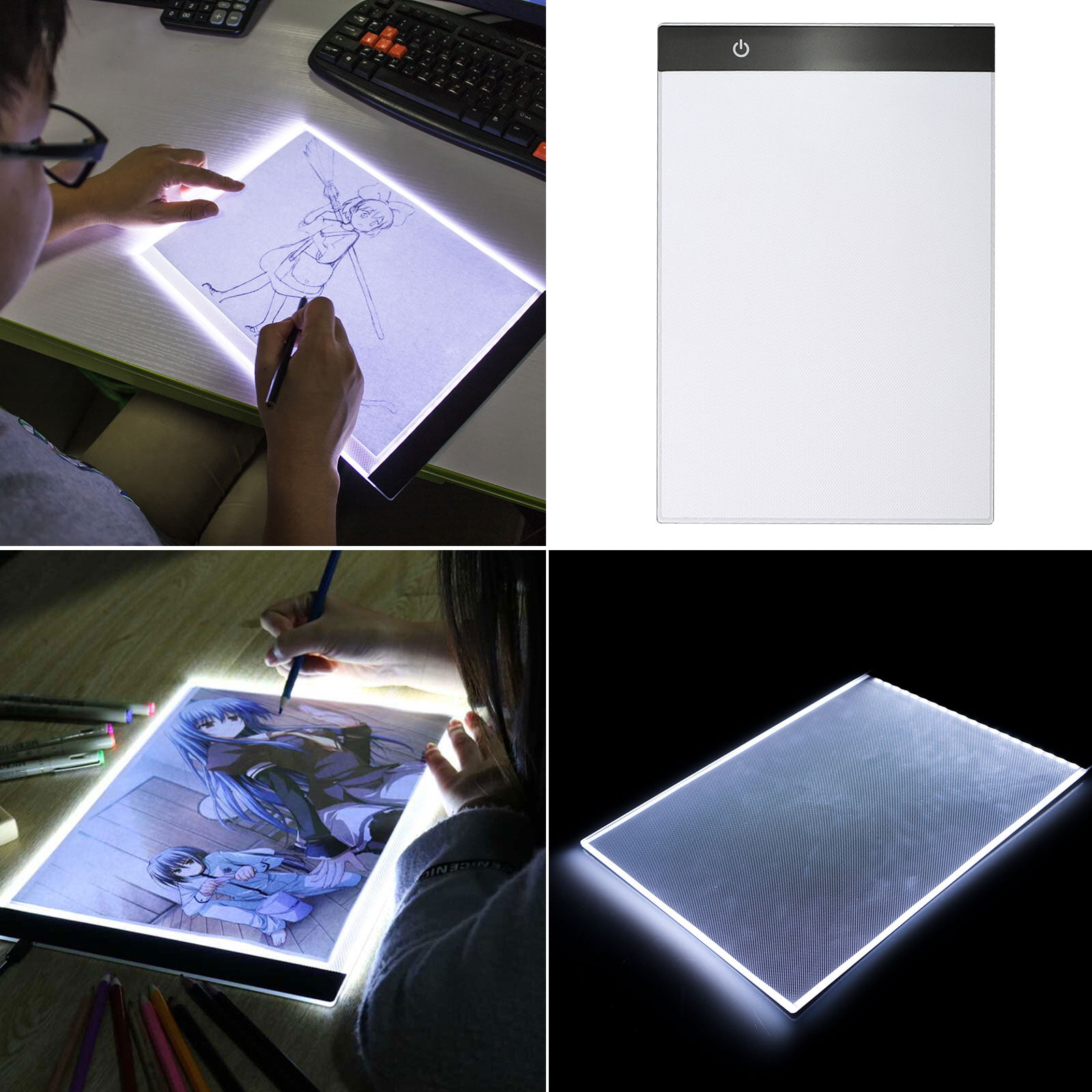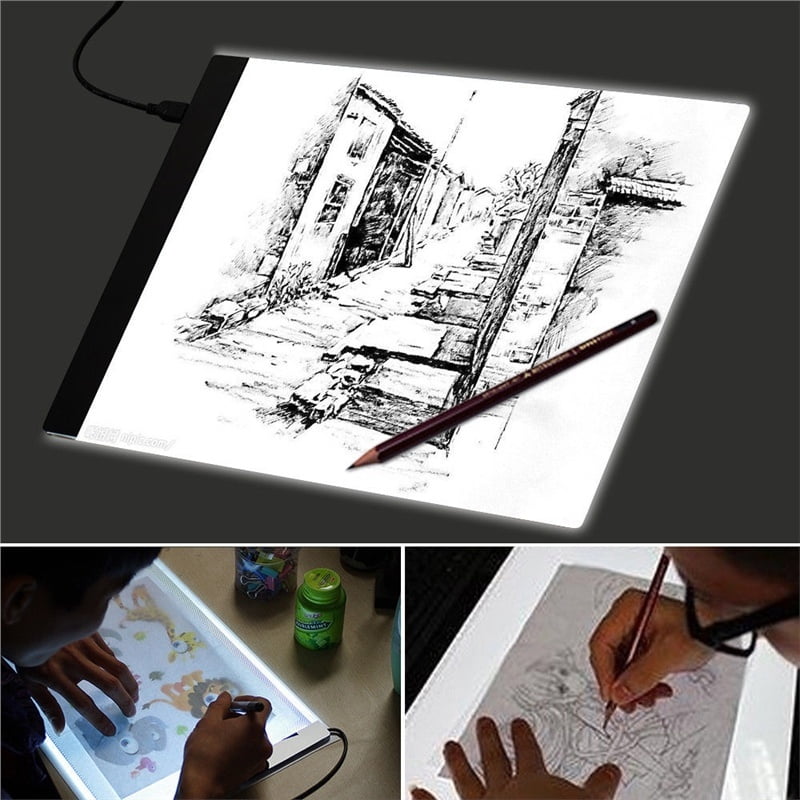
What would the world be like if we had displays that could adhere to our bodies and even show our emotions or level of stress or unease. In addition to not having to carry a device with us at all times, they might enhance the way we interact with those around us or add a whole new dimension to how we communicate. Tattoos that light up would be just as possible with this technology as cutting edge medical information.Īnd Someya has even grander ideas for it. Making use of sensors applied to a patient’s fingertips, the device could monitor vital signs and then display the readings in a simple digital display on the patient’s hand or forearm, that way a patient could buy led lights from led los angeles and show the tatto to everyone.īut that isn’t to discredit the purely aesthetic applications. Where the Biostamp is capable of recording data and transmitting it to a smartphone or other receiver, the OLED display could show that data directly on the wearer’s skin. The overall effect is that the tattoo should be able to last and to function at a higher level for longer than something like the Biostamp can.įor now, the potential uses for this technology is being reserved for the medical community. And then on the outside, a protective film can be used to withstand the normal damage done to the technology by oxygen and water vapor.
LED LIGHT TABLE TATTOO SKIN
The skin uses multiple layers of a flexible material that can bend, pull, and flex with your natural skin comfortably. The ability to put microchips on the skin isn’t new the Biostamp does exactly that, but Someya and Yokota’s advancements would allow for the OLEDs to remain in place for even longer.

Takao Someya and Tomoyuki Yokota at the University of Tokyo’s Graduate School of Engineering have developed a flexible, OLED-embedded electronic skin. While these communication tools are getting smaller and smaller, they are still discrete devices that we have to carry with us. The advent of mobile phones has changed the way we communicate. If you’re looking for a tattoo that lights up, but you don’t want anyone implanting LED lights under your skin, researchers from the University of Tokyo may have an answer. But the stamp itself is mostly about transferring data it isn’t meant to be decorative.


While the options available to people for taking that next step in evolution are cool, they also have a tendency to be a little more invasive than everyone might want.įor someone looking for a less painful option, there’s Biostamp.

In that story, we looked almost exclusively at people getting lights, magnets, and computers surgically implanted into their bodies in an effort to become real life cyborgs. Not too long ago, we brought you a blog about the potential next step in body modification: Biohacking.


 0 kommentar(er)
0 kommentar(er)
